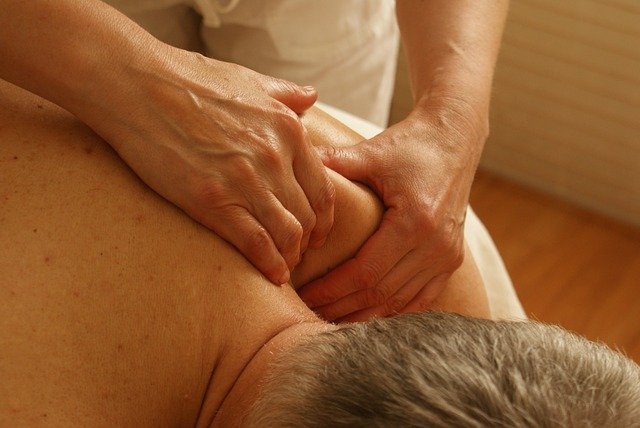News
National Pain Week
July 24, 2021
26th July – 1st August is National Pain Week – an annual awareness event coordinated each year by Chronic Pain Australia.
Pain can be acute or chronic. Acute pain is experienced after a particular event such as a fall or surgical intervention. Chronic pain is pain that persist for more than 3-6 months.
20-25% of the Australian adult population have experienced chronic pain. Some of these people become addicted to opiate drugs which have a range of negative consequences.
Pain is a neurological condition. It is also an emotional and subjective experience. It occurs when stimuli from part of the body (eg an arthritic joint or back problem) persists and is not resolved in a way that satisfies the brain. Consequently, the limbic system (the part of the brain involved with memories, emotions, fears, and pain) gets bigger. This neurological process does not easily distinguish so-called physical pain from emotional pain.
There is no easy fix for chronic pain. Most treatment medications have their problems. Paracetamol is safe provided your liver is functioning well and daily maximum doses are not exceeded. The anti-inflammatories (NSAIDS) have varying tendencies to cause stomach bleeding and can have a negative effect on the heart. The opiates are all addictive, and, in the long run, do not reduce the pain. Opiates should be avoided as much as possible.
Options for chronic pain
To return to a productive (if not pain-free) life:
- Deal with your fear. Often people with chronic pain are afraid physically activity will cause more damage. This is mostly not the case but check with your doctor about this.
- Physical activity is important for managing pain. Ideally this should be rhythmical exercises for at least 20-30 minutes every day. Wandering around a shopping mall won’t cut it.
- Physiotherapy is helpful with a focus on building strength, maintaining mobility, and improving posture.
- Pilates, yoga and Tai Chi can also help.
- This requires practice and involves intense concentration (often on breathing). It can help release endorphins form the brain which are the body’s own opiates.
- Counselling can help you develop techniques to manage, and divert attention from, pain.
- Visualisation of the Limbic System (however you imagine it) and seeing it get smaller in size. This is based on the now widely recognised phenomena of neuroplasticity – that is how the brain can change itself. (Read or watch The Brain That Changes Itself: stories of personal triumph from the frontiers of brain science, by Norman Doidge).
- Acupuncture can help manage pain and assist in this neuroplasticity process.
- Drugs do have a place but need to be used sparingly.
- Surgery can have a place but should be a last resort for chronic pain after more conservative measures have failed.
For more information, watch this YouTube video about chronic pain.
This article was written by Dr Ben Bartlett who has special interests in Acupuncture, Mental Health, Paediatrics, Musculo-skeletal Disorders, Pain Management and Chronic Disease Management. Ben studied acupuncture at the Shanghai College of Traditional Chinese Medicine in the early 1980s and continues to attend courses through the Australian Medical Acupuncture College.

